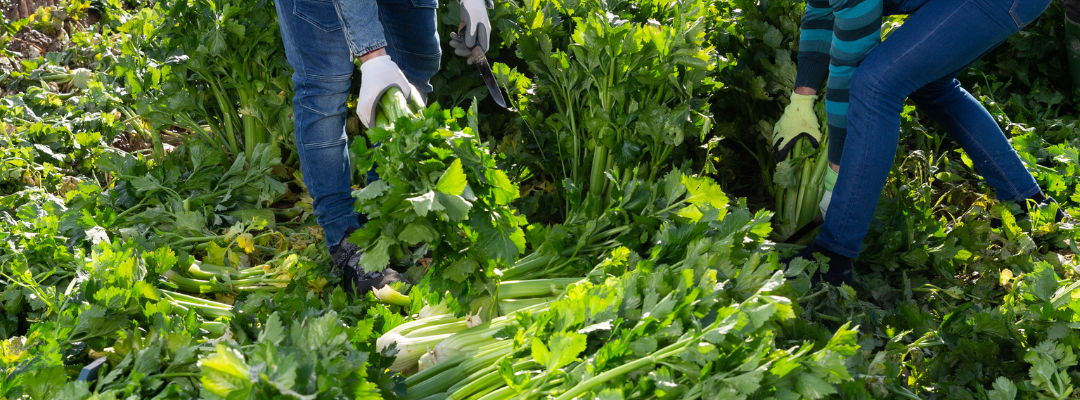Recent Updates to the H-2A Program
The H-2A program is an important provider of agricultural labor in the United States. The H-2A program is jointly administered by three federal agencies – Department of State (“DOS”), Department of Homeland Security (“DHS”), and Department of Labor (“DOL”). DOS issues the H-2A visas to workers through embassies and consulates in the worker’s country of residence. DHS, through U.S. Citizenship and Immigration Services (“USCIS”), oversees the petition process. DOL provides H-2A certifications to employers and ensures that wage, housing, and other U.S. labor laws are followed. In 2025, there have been several changes to the H-2A program through federal agency actions and court injunctions.
Visa Updates
On September 18, 2025, the DOS announced that certain H-2A visa applicants would be exempt from the nonimmigrant visa interview requirement starting on October 1, 2025. According to the DOS’s announcement, “applicants renewing an H-2A visa within 12 months of the prior visa’s expiration when the prior visa was issued for full validity at the time of issuance” are exempt from the interview requirement if specified conditions are met:
- The applicant was at least 18 years old;
- The applicant applied in his or her country of nationality or usual residence;
- The applicant has never been refused a visa; and
- The applicant has no apparent or potential ineligibility.
Adverse Effect Wage Rate Rules
On August 25, 2025, a judge in the Western District of Louisiana issued a ruling in Teche Vermilion Sugar Cane Growers Ass’n v. Chavez-Deremer, 6:23-CV-831, 2025 WL 2472461 (W.D. La. Aug. 25, 2025) granting a permanent injunction and vacating DOL’s 2023 Adverse Effect Wage Rate (“AEWR”) rule. In 2023, DOL issued a final rule amending the formula for calculating the AEWR for non-range agricultural occupations. The AEWR is the minimum hourly rate, determined for each state, that employers must pay H-2A workers. DOL announced that it would be reverting back to utilizing the methodology to calculate the AEWR laid out in the 2010 rule until the department can promulgate new regulations.
On October 2, 2025, DOL issued an interim final rule amending how the AEWR is calculated. This rule replaces the methodology from the 2010 and 2023 rules. There are three major changes under the new rule. The first major change is that the rates set by the DOL will be based on the Occupational Employment and Wage Statistics (OEWS) instead of the Farm Labor Survey, which USDA is discontinuing. The next major change is that DOL will set one AEWR for the five standard occupational class codes that comprise the “field and livestock workers (combined)” category and separate AEWRs for all other standard occupational class codes. The last major change is that the interim final rule implements AEWRs for two different skill levels – entry level and experienced. Skill level I, or entry-level, require no formal education or specialized training. Skill level II, or experienced-level, requires skills obtained through education, training, or experience to perform the job. This means that for each AEWR set, there will be a wage for skill level I jobs and a wage set for skill level II jobs. The interim final rule went into effect on October 2, 2025, and comments are being accepted until December 1, 2025.
Filing of H-2A Petitions
On October 2, 2025, DHS issued a final rule updating the timing to submit a temporary labor certification (“TLC”) for unnamed beneficiaries in order to reduce the time it takes to complete the H-2A program enrollment process for employers. Prior to the rule, employers were required to wait until DOL certified the TLC before submitting the required forms to USCIS. Under the new rule, employers can now submit the I-129H2A form after receiving a notice of acceptance from DOL and before the TLC is certified. This will allow the two agencies, USCIS and DOL, to concurrently process portions of the H-2A application process. However, USCIS will not approve the petition until DOL approves the TLC. It is important to note that the new rule only applies to electronic petitions with unnamed beneficiaries. For petitions with named beneficiaries or petitions filed by paper, the process remains unchanged.
Capaldo, Samantha. “Recent Updates to the H-2A Program.” Southern Ag Today 5(43.5). October 24, 2025. Permalink


